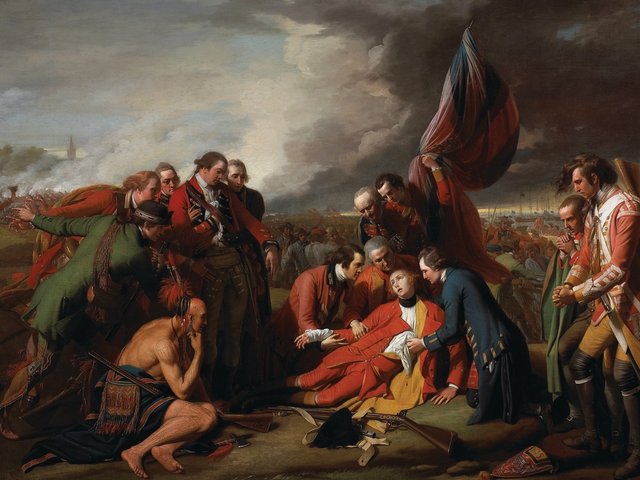David Bindman, the emeritus professor of the history of art at University College London, affectionately nicknamed “Bindweed”, celebrated his 75th birthday in September with the surprise gift of Burning Bright, a Festschrift. The book is a collection of 26 essays by former colleagues and students, and one of the inaugural volumes from newly founded (2014) UCL Press, available to buy as a book or as a free download.
The book is introduced by Caroline Elam as a tribute to Bindman’s “compulsive and quixotic collecting; the breadth of his interests, his generosity and the lasting effects of his teaching on the curatorial direction of museums”. With tributes stretching from California to China, it offers an eclectic selection of essays that will surely delight their dedicatee. The three-part volume covers sculpture; drawings, watercolours and paintings; and prints. It reflects the range of Bindman’s scholarship across different media in the 18th and 19th centuries, notably the graphic art of Hogarth and William Blake; the sculpture of Flaxman, Canova and Thorvaldsen; and most recently, the image of people of African descent in Africa and Asia.
The authors have, as Kim Sloan explains, adhered to Bindman’s principles of a “close inspection” of the work, “as much as possible within the context of his [the artist’s] own time”. The sculpture scholar Malcolm Baker, the co-author with Bindman of the prize-winning book Roubiliac and the Eighteenth-Century Monument: Sculpture as Theatre (1995), begins with a playful examination of Roubiliac’s bust of Hogarth. This is followed by Tessa Murdoch’s identification of the source of Roubiliac’s figures of three fates on the monument to Mary, the second duchess of Montagu, in Warkton Church, Northamptonshire, from figures on 17th-century French Boulle clocks.
The second and third parts of the book, dealing with “flat art”, include a fascinating essay on Rowlandson’s portrait of Saartjie Baartman, known as the “Hottentot Venus”, which explores 18th-century attitudes to racial stereotyping. Danielle Thom further analyses Rowlandson’s erotic prints, arguing that the artist intended to help his audience come to terms with the sculptural nude, which was newly arriving in England in the form of antique statues brought back from the Grand Tour.
Burning Bright is a delightful tribute to Bindman’s wide-ranging interests and influence, including his curation of exhibitions such as the British Museum’s The Shadow of the Guillotine (1989), and his collecting and gifts to other collections. His students learned “to approach their subjects from a passion for the objects themselves, to undertake… original research in galleries… to ask intellectually rigorous questions about production and reception, and to set those questions in the wider world of patronage, society, literature and politics, following and developing David Bindman’s example”. Let us hope that his influence never wanes.
• Susan Jenkins is a curator and researcher who has written extensively on 17th- and 18th-century fine and decorative arts
Burning Bright: Essays in Honour of David Bindman
Diana Dethloff, Tessa Murdoch, Kim Sloan and Caroline Elam, eds
UCL Press, 280pp, £40 (pb)



